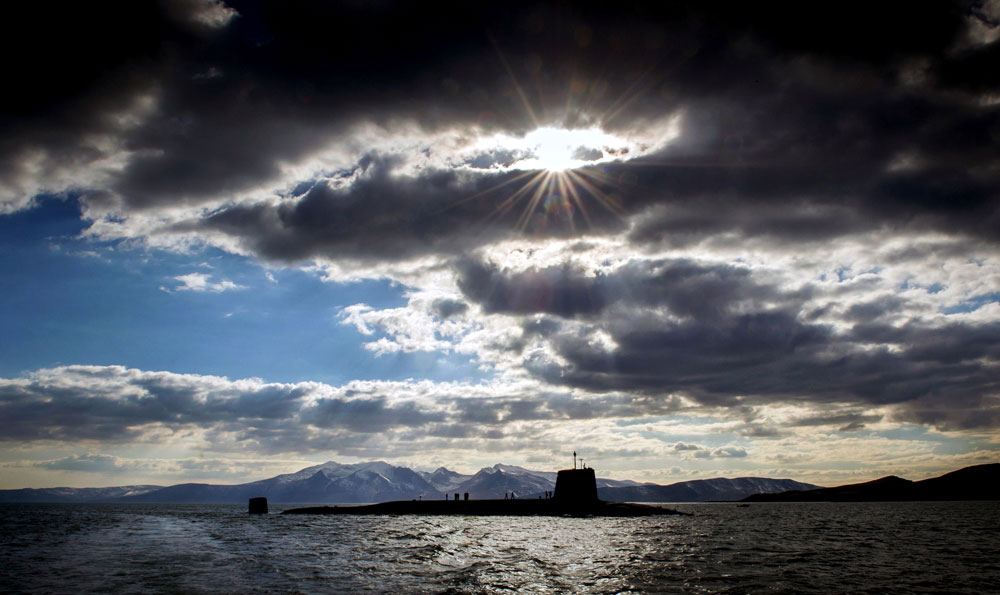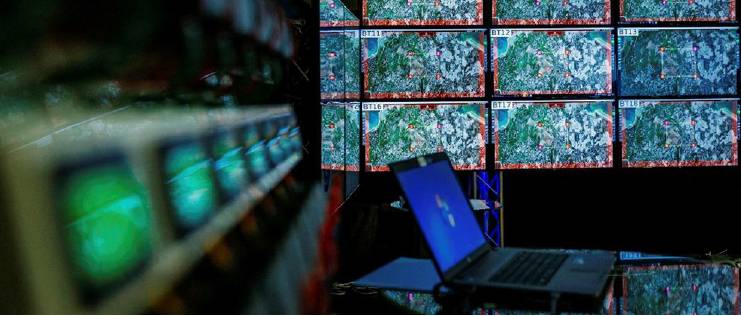DEFENCE The UK deterrent in 2060
Forecasting extreme threats to the UK
Ahead of a RAeS Weapon Systems and Technology Group Conference later this year, TIM MARSHALL FRAeS, chair of the WS&T Group, previews the long term threats that may inform the UK’s Integrated Defence, Security and Foreign Policy Review.
 MoD
MoD
For the Society’s Weapon Systems and Technology Specialist Group (WS&T SG) the use of complex weapon systems, for the defence against threats from potential adversaries, is day-to-day business. A complex weapon system encompasses many disciplines and it is the combination of these, in the right measures, that provide the equipment capability to successfully deter or defend against attack.
Over the past few years, the WS&T SG has explored maximising the value of weapon systems, air defence and hypersonic speed in their conferences. In conjunction with other SGs, we’ve had lectures on the history of weapon development and also the use of weapon-like kinetic impactors for planetary defence against near-Earth asteroids. It’s a rich and fascinating mix of technologies and systems; none of the SG members are experts in it all, so being a part is often a great education. And that’s what the Society is all about, isn’t it?
During our meetings, discussions take us many places. One such discussion took us to the year 2060. At that time, the current direction for the UK’s Nuclear Deterrent will see it at the point of requiring disposal. What would happen next? What technologies and facilities does the UK need to preserve/maintain in order to inform the Government of its options? At some time in the future, the Prime Minister will be faced with the ‘what’s next’ question. How will they know how to answer it? This was an intriguing subject with some very sensitive issues; we wanted to explore it but not get into hot water! So we went back to the drawing board, to look at the reasons why the deterrent exists and examine the requirement from there.
 NATO
NATO
The National Security Strategy and Strategic Defence and Security Review 2015 stated that ‘it would be irresponsible to assume that the UK will not in the foreseeable future be confronted with the kinds of extreme threat to our security or way of life which nuclear weapons seek to deter’. We agreed that freedom of operation of the deterrent could be hampered by a detailed definition of the extreme threats with which the UK could be confronted. We believed that, up to and beyond 2060, the nature of the extreme threat was likely to evolve. But how? Who was working on this? Are all extreme threats able to be countered by a nuclear deterrent? Is there a credible alternative? Will nuclear weapons be relevant in 2060? We decided to explore the nature of extreme threats first, then look to see what technology was required to counter them.